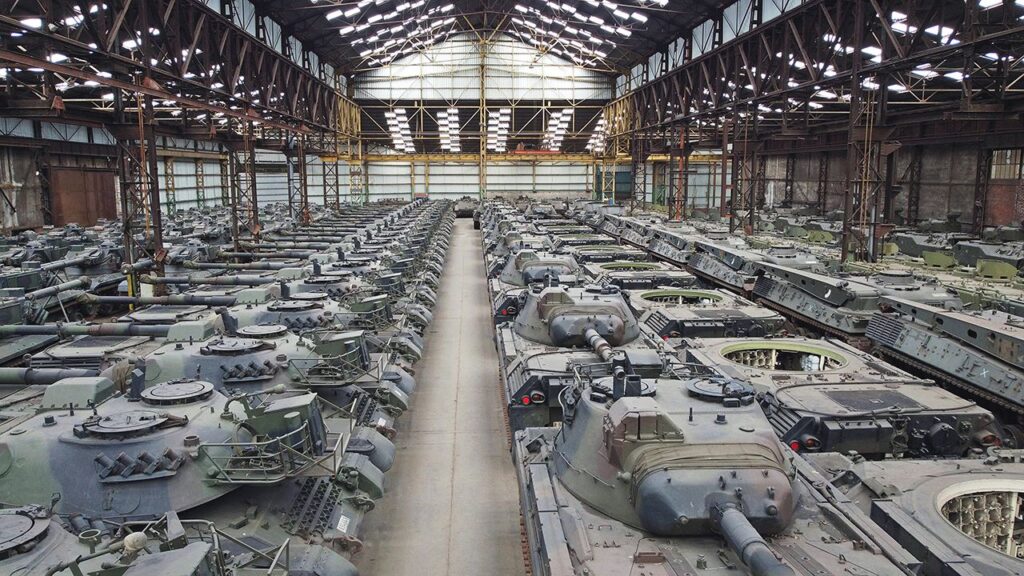In the ever-evolving landscape of international relations, the global arms race remains a prominent feature. With countries constantly striving to gain military advantage through the acquisition and development of weapons and technology, the race has significant implications for defense policy worldwide. Key trends such as the growing role of technology and the proliferation of arms underscore the challenges faced by defense policymakers. As countries navigate the complexities of maintaining security and stability in a volatile world, the need for informed decisions and greater transparency in the arms trade becomes evident. Understanding the dynamics of the global arms race is crucial for promoting international peace and security.
The Global Arms Race: Trends and Implications for Defense Policy
Introduction
The global arms race is a competition among countries to acquire and develop weapons and military technology in order to gain an advantage over potential adversaries. This arms race has been a defining feature of international relations for centuries, with countries constantly seeking to improve their military capabilities in the pursuit of security and power.
Trends in the Global Arms Race
One of the key trends in the global arms race is the increasing role of technology in military affairs. Advances in areas such as cyber warfare, artificial intelligence, and unmanned systems have revolutionized the way wars are fought, with countries investing heavily in these technologies to maintain their military edge.
Another trend is the proliferation of arms and weapons systems around the world. The arms trade is a multi-billion dollar industry, with countries buying and selling weapons in an effort to bolster their defenses and support their allies. This has led to the spread of weapons into volatile regions, potentially fueling conflict and instability.
Implications for Defense Policy
The global arms race presents a number of challenges for defense policymakers. On one hand, the rapid pace of technological change means that countries must constantly adapt and invest in new capabilities to stay ahead of potential adversaries. This can be a costly and resource-intensive process, requiring governments to make difficult decisions about where to allocate limited defense budgets.
At the same time, the proliferation of arms and weapons systems can create security threats for countries around the world. The spread of weapons into conflict zones can exacerbate existing tensions and make it harder to achieve peace and stability. This has led to calls for greater transparency and regulation in the arms trade, in order to prevent weapons from falling into the wrong hands.
Conclusion
The global arms race is a complex and ever-evolving phenomenon that has significant implications for defense policy around the world. As countries continue to invest in new technologies and weapons systems, defense policymakers must grapple with the challenges of maintaining security and stability in an increasingly volatile world. By understanding the trends and implications of the global arms race, policymakers can make informed decisions about how best to protect their countries and promote international peace and security.
